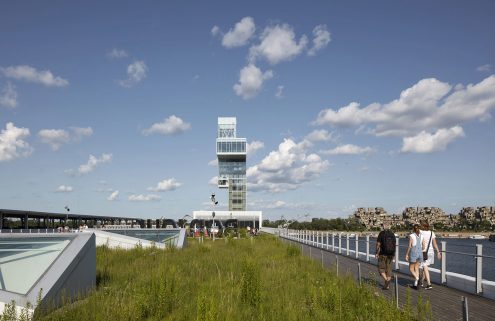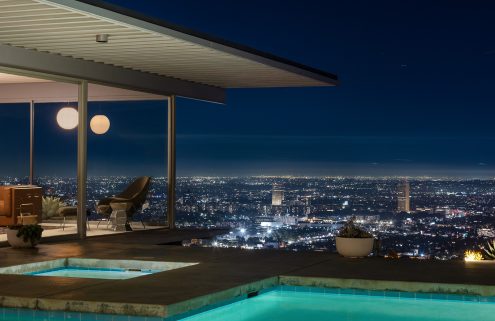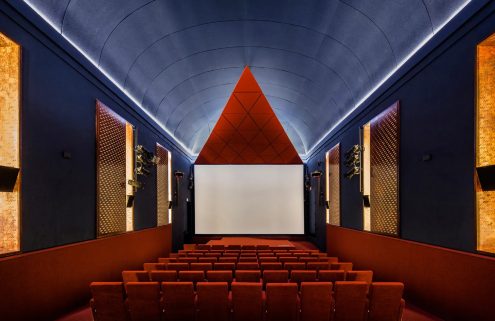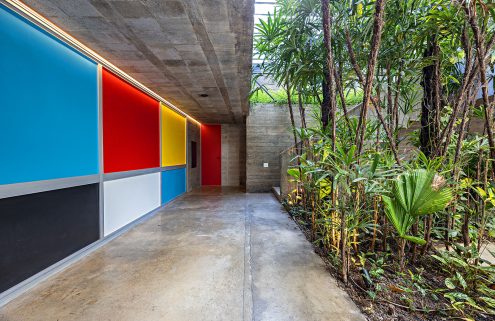Moshe Safdie’s Habitat 67 is among North America’s most beloved brutalist buildings, a staggered ‘pyramid’ of inhabitable concrete volumes created for the 1967 World’s Fair. But impressive as it is, the Montreal landmark is a mere fraction of Safdie’s ‘unfinished’ vision.
Nearly 60 years on, the firm has teamed up with Neoscape to build a virtual version of Safdie’s full plan in the 3D gaming tool Unreal Engine. And it’s mega-sized and bursting with plant life.

Image: Unreal Engine
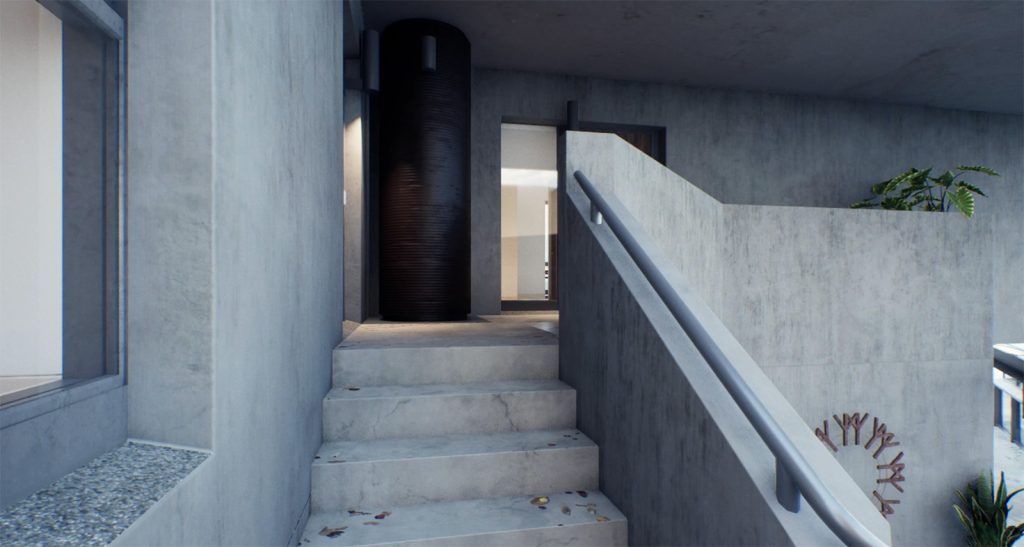
Image: Unreal Engine

Image: Unreal Engine
Built for the 1967 World’s Fair, Habitat 67 was envisaged as a revolutionary affordable housing project and a modular alternative to urban sprawl. Outdoor terraces and aerial walkways connected the building complex to the Saint Lawrence River, maximising urban density. However, a limited budget meant that Safdie’s modernist vision was only realised on a small scale leaving much of the complex on the drawing board.
Unreal reveals the heritage-listed site in its full glory, with users able to navigate the Hillside Sample Project’s unbuilt sections – and even take
a tour of the complex with Safdie via Google Chrome and Google Streaming. It’s a tantalising taste of what could have been – and demonstrates just how much the building was ahead of its time.



